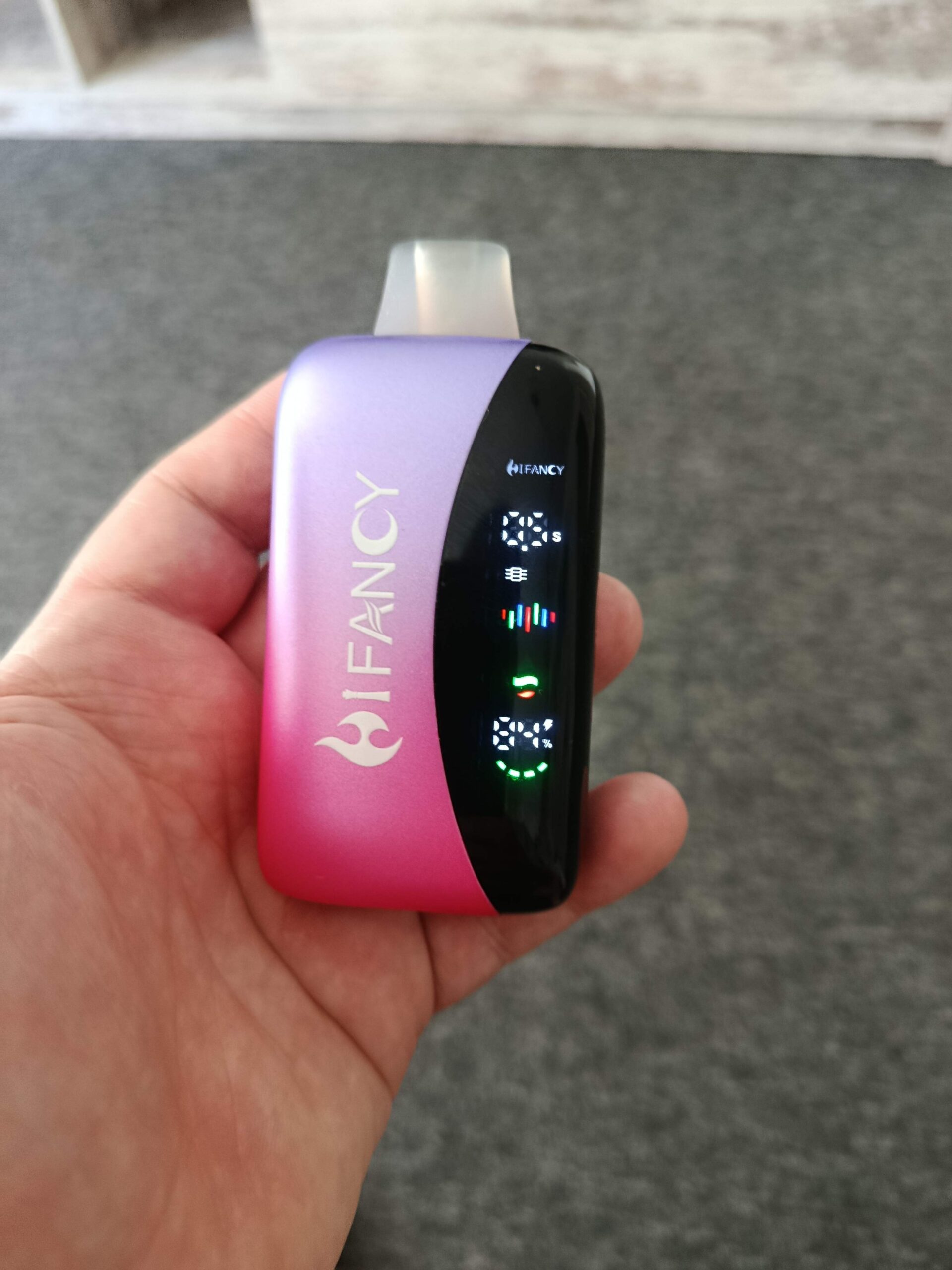Λόγοι για την προσαρμογή των πολιτικών για το ηλεκτρονικό τσιγάρο

Key Drivers Behind Adjustments to Electronic Cigarette Policies: An In-Depth Analysis
Governments and regulatory bodies worldwide are frequently revising electronic cigarette policies to address emerging challenges, align with scientific advancements, and respond to shifting public health priorities. These adjustments reflect a dynamic interplay of factors, including evolving usage patterns, new research findings, and lessons learned from past regulatory approaches. Below, we explore the primary reasons prompting policymakers to modify electronic cigarette regulations.
Rising Concerns Over Youth Vaping and Unintended Addiction
One of the most pressing catalysts for policy adjustments is the persistent rise in vaping among adolescents and young adults. Data from multiple countries indicate that electronic cigarettes have become a gateway to nicotine addiction for many underage users, with a significant portion reporting they had never smoked traditional cigarettes before trying vaping. This trend has alarmed health authorities, who fear long-term consequences for brain development, respiratory health, and future tobacco use.
The normalization of vaping in popular culture has exacerbated the issue. Social media platforms, influencer marketing, and the availability of appealing flavors—such as fruit, candy, or dessert options—have made electronic cigarettes attractive to non-smokers, particularly youth. Policymakers are responding by tightening restrictions on advertising, limiting flavor availability, and enforcing stricter age verification measures to reduce accessibility and appeal.
Additionally, reports of accidental nicotine exposure among children, often due to improperly stored e-liquids or colorful packaging resembling candy, have prompted calls for safer product design standards. Adjustments to policies now frequently include child-resistant packaging requirements and clearer labeling to prevent unintended ingestion.
Evolving Scientific Evidence on Health Risks and Benefits
The scientific understanding of electronic cigarettes is continuously expanding, leading regulators to update policies based on new findings. Early research focused on comparing vapor emissions to cigarette smoke, but gaps remain in assessing the long-term effects of chronic vaping, the safety of specific ingredients, and the impact of secondhand exposure. As evidence emerges, policymakers are tasked with reconciling conflicting studies and determining how to communicate risks to the public.
For instance, some studies suggest that electronic cigarettes may be less harmful than combustible tobacco for adult smokers seeking to quit, supporting their role in harm reduction strategies. However, concerns persist about dual use—where individuals smoke and vape simultaneously—which could diminish health benefits. Regulators are increasingly requiring manufacturers to submit clinical data to substantiate cessation claims and are restricting health messaging to prevent misleading consumers.
The discovery of previously unrecognized risks, such as lung injuries linked to certain vaping ingredients or device malfunctions, has also driven policy changes. Authorities may impose temporary bans on specific products, strengthen quality control standards, or mandate pre-market approval processes to ensure safety before new devices enter the market.
Adapting to Market Innovations and Regulatory Gaps
The electronic cigarette industry is characterized by rapid technological advancements, with new product categories—such as pod systems, disposable devices, and heat-not-burn alternatives—emerging regularly. These innovations often outpace existing regulations, creating loopholes that manufacturers or users exploit. Policymakers must frequently update guidelines to address these gaps, ensuring that all products meet safety and labeling requirements regardless of their design or distribution model.
For example, the rise of disposable vapes, which are often marketed as affordable and convenient, has raised concerns about environmental waste and underage access. Adjustments to policies now include extended producer responsibility schemes, requiring companies to manage recycling or disposal of their products, and stricter retail compliance checks to prevent sales to minors.
The global nature of the electronic cigarette market also complicates regulation, as products manufactured in one country may be sold in others with differing standards. International collaboration has become essential to harmonize testing protocols, ingredient disclosures, and marketing rules. Organizations like the World Health Organization (WHO) play a pivotal role in providing guidance, but national policymakers must still tailor approaches to local contexts.
Shifting Public Perception and Stakeholder Advocacy
Public opinion on electronic cigarettes varies widely, influenced by cultural norms, media coverage, and advocacy campaigns. In some regions, vaping is viewed as a socially acceptable alternative to smoking, while in others, it is stigmatized as a public health threat. These perceptions shape political will and determine the strictness of regulations. For instance, countries with strong anti-tobacco movements are more likely to adopt precautionary policies, even in the absence of conclusive evidence.
Stakeholder advocacy also plays a significant role in policy adjustments. Health organizations, parent groups, and medical professionals often lobby for stricter controls, citing risks to youth and non-smokers. Conversely, industry representatives and harm reduction advocates argue that overregulation could deprive adult smokers of safer alternatives and drive consumers toward unregulated markets. Policymakers must balance these competing interests while prioritizing evidence-based decision-making.
The influence of litigation and legal challenges cannot be overlooked. Lawsuits alleging misleading marketing, product defects, or health harms have prompted some companies to reformulate their products or settle claims, leading to voluntary changes in business practices. Regulators may also use legal precedents to justify stricter oversight or enforce compliance with existing rules.
Electronic cigarette policy adjustments are driven by a complex mix of health concerns, scientific progress, market dynamics, and societal values. As the industry evolves and new challenges emerge, regulators will continue to refine their approaches, seeking to protect vulnerable populations while accommodating the potential benefits of vaping for adult smokers. The ability to adapt quickly and collaboratively across borders will be critical to creating effective, sustainable policies in this rapidly changing landscape.









